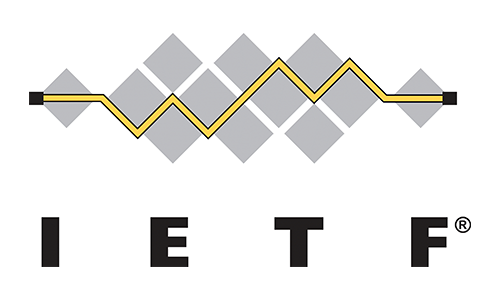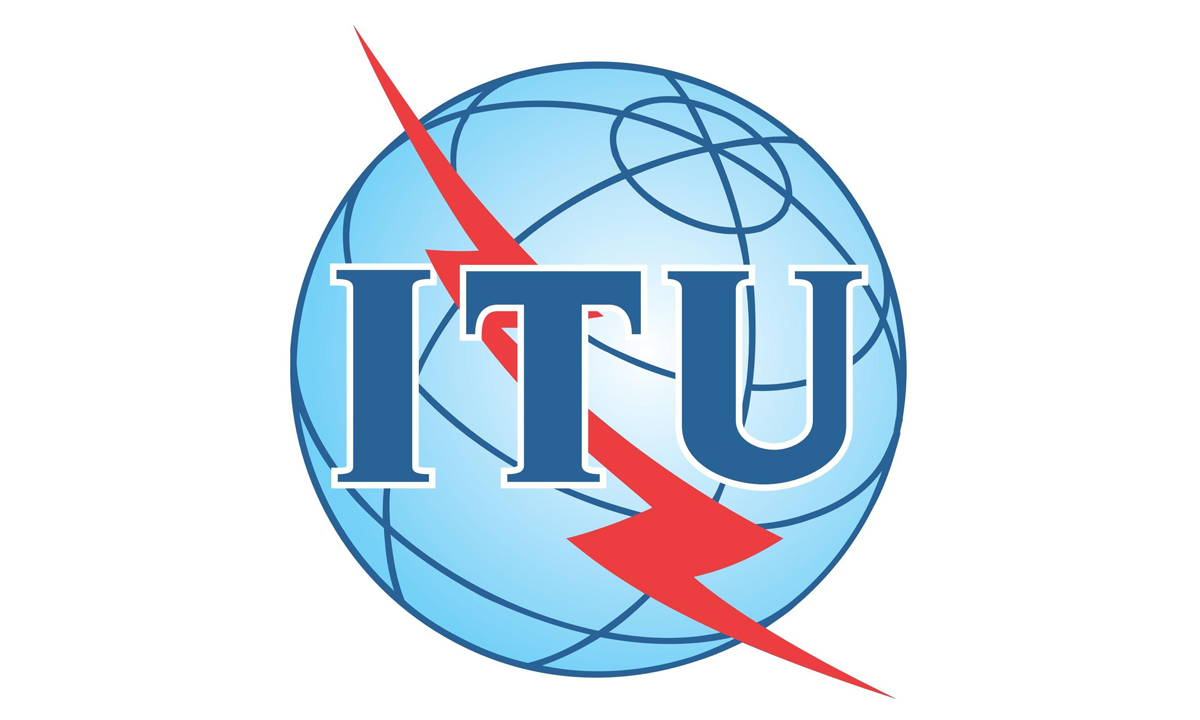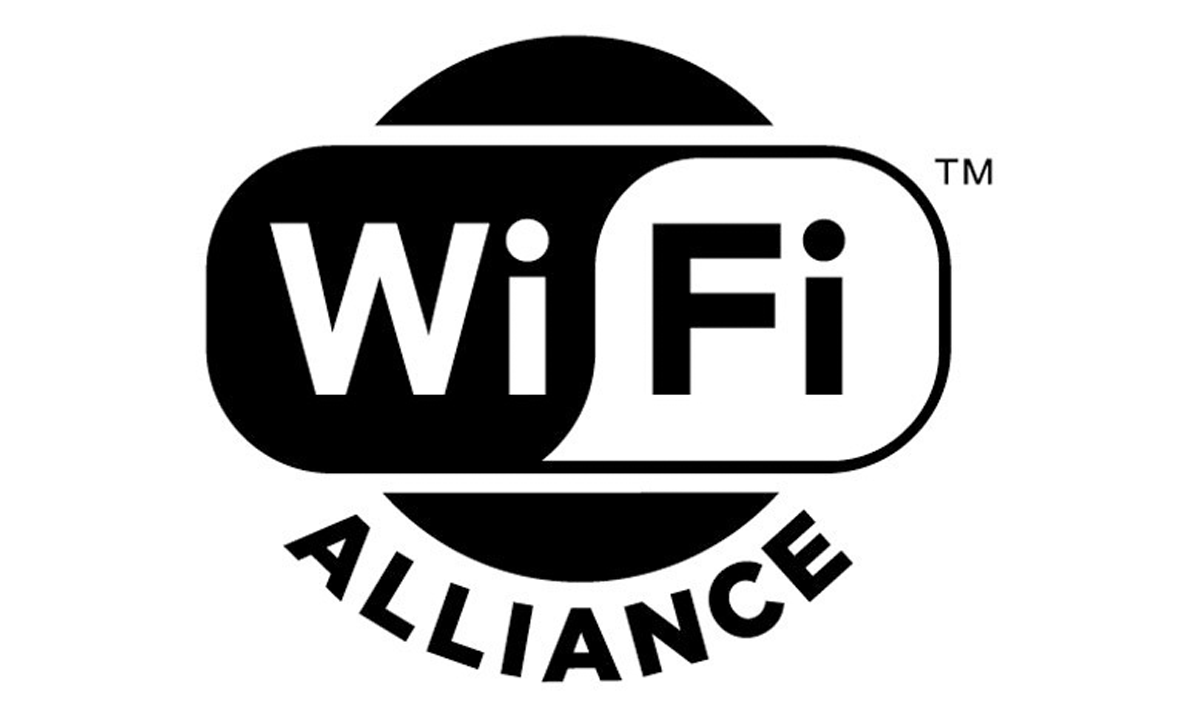Industry Associations
Solving complex challenges that help move the industry forward
The information and communication technology (ICT) industry is moving faster than ever. If you’re not paying attention, you can easily be left behind. That’s one of the key reasons we at Calix are active contributors to the leading industry organizations and standards bodies around the world

Involvement and impact
Through our membership in industry organizations, we stay informed about the latest technological and commercial developments in the industry. We take a leadership role to help move the industry forward and find effective solutions to our customers’ biggest challenges.
Calix experts from research and development, marketing, product management, and other areas of the company participate to make an impact.

Leading industry organizations and standards bodies
Helping to deliver on the promise of broadband
Calix is a long-time member of the Broadband Forum (BBF), one of the communications industry’s leading organizations focused on accelerating broadband innovation, standards, and ecosystem development. An open, non-profit industry organization, BBF is composed of the industry’s leading broadband operators, vendors, and thought leaders who are working collaboratively to shape the future of broadband.

BBF working groups collaborate to “define best practices for global networks, enable new revenue-generating service and content delivery, establish technology migration strategies, and engineer critical device, service and development management tools in the home and business IP networking infrastructure.”
As one of BBF’s principal vendors, Calix actively participates in several key working groups and projects, providing technology leadership and expertise in the development of broadband networking specifications, reference implementations, interoperability and certification in the broadband market.
Greg Bathrick, Area Vice President, Commercial Operations
Calix continually prioritizes industry standards, and our accomplishments at the BBF is another good example. Last week, our own Gregory Bathrick , Area Vice President of Commercial Development was elected by his industry peers to the BBF Board of Directors. Not only is Greg a Board Member, he was further appointed as one of the five officers of the board. Greg will focus on driving the Forum’s direction consistent to Calix’s mission to enable broadband service providers to simplify their businesses, innovate for their subscribers, and grow their value.
Marta Seda, Fiber Access Network (FAN) Work Area
Marta Seda, Systems Engineer and Architect at Calix, has been working with BBF for more than ten years and in 2016 was named the BBF’s Outstanding Contributor for her leadership and work on the WT-352 “Multi-wavelength PON Inter-Channel-Termination Protocol (ICTP) Specification.”
Marta is the BBF Director for the Fiber Access Networks (FAN) work area. FAN’s mission is to define the requirements and data models for deploying BBF network architectures in fiber access technologies with the goal of accelerating deployments and ensuring interoperability. Key FAN work items include specifications for PON-related requirements, PON NETCONF/YANG data models for the defined YANG models, and the specification of PON test suites.
Building the internet of tomorrow
Made up of a large community of network designers, operators, vendors, and researchers from around the world, the Internet Engineering Task Force (IETF) is the internet’s most prominent standards body. The IETF works to ensure the smooth operation of the Internet by developing open standards that influence the way people design, use, and manage it.

While the IETF has no formal membership for companies, it brings together thousands of engineers from around the world who work collaboratively to define the standards that make the Internet work better from an engineering point of view.
Technical engineering experts from the Calix team actively contribute to the development of various IETF specifications and guidelines by taking a leadership role in IETF Working Groups. These groups, each of which is created to address a specific problem or to produce one or more specific deliverables, are the primary mechanism for the development of IETF specifications. There are over 100 active working groups, which are organized by topic into several areas, including the Applications and Real-Time Area, the Internet Area, and the Operations and Management Area.
Marta Seda, Fiber Access Network (FAN) Work Area
Marta Seda, Systems Engineer and Architect at Calix, is a member of the IETF Operations and Management Working Group and the co-editor of a new standard to define an extension to the IP Flow Information Export (IPFIX) protocol, which provides a means for transmitting traffic flow information over the network.
The current version of the IPFIX YANG model, the data modeling language which defines the data sent over the IPFIX protocol, models the configuration and state for IPFIX Packet Sampling. The extension being proposed to the standard will enable the automatic collection of interfaces or hardware device data to be delivered to any type of IPFIX collector (server or cloud-based collector). Access to statistical information will enable communications service providers (CSPs) to identify trends and gain insight into how the network is being used.
Defining international telecommunications standards
The International Telecommunications Union (ITU) is the United Nations specialized agency for information and communication technologies (ICTs). ITU’s global membership includes 193 member states and more than 900 companies, universities, and international and regional organizations. The ITU family brings together over 20,000 professionals who are helping to develop standards that have a profound impact on the way the world communicates.

As a long-time member of the ITU, Calix actively collaborates with experts from around the world to develop international standards as part of the ITU Telecommunications Standardization Sector (ITU-T). Known as ITU-T recommendations, these standards act as the foundation of the global ICT infrastructure. Ensuring the interoperability of networks and devices located anywhere is critical for the smooth operation of the world’s communications infrastructure, and Calix is a major contributor to this effort.
A key focus for Calix is ITU-T Study Group 15. According to the ITU-T, SG15 “develops standards that define technologies and architectures of optical transport networks enabling long-haul global information exchange; fiber- or copper-based access networks through which subscribers connect; and home networks connecting in-premises devices and interfacing with the outside world.” Within SG15 Question 2, PON networks are a specific focus.
Marta Seda, co-editor, ONU management and control interface specification (OMCI)
Marta Seda, Systems Engineer and Architect at Calix, is the Co-Editor of ITU G.988, the recommendation that specifies the optical network unit management and control interface (OMCI) for optical access networks. OMCI is the protocol used to manage ITU-T optical networking terminals (ONTs). The OMCI specification addresses ONT configuration, fault management, and performance management for optical access system operation, and for several services, including voice services, gigabit-capable PON encapsulation method (GEM) adaptation layers, and circuit emulation services (CES). In her role as co-editor, Marta is responsible for leading the technical aspects of the G.988 standard.
Hal Roberts, Co-editor, multichannel 50G PON
Calix Systems Engineer and Architect, Hal Roberts, has been representing Calix at the ITU for more than ten years, working on developing and refining standards for the physical layer of passive optical networks (PON), including GPON, XG(S)-PON, and NG-PON2. PON optics are extremely complex and can be costly to manufacture. A key focus for Calix in working with other ITU members has been to identify specification improvements that make the optics more cost-effective to manufacture without impacting performance, a combination which makes them more attractive for CSPs to deploy. Hal is currently Co-editor of the standard for multichannel 50G PON (G.hsp.TWDMpmd).
Driving the evolution of Wi-Fi
The Wi-Fi Alliance® is a global non-profit association founded in 1999 that is dedicated to the development and promotion of Wi-Fi technology. The organization’s vision is “connecting everyone and everything, everywhere,” and through its leadership, advocacy, and commitment to fostering industry-wide collaboration, it is a driving force behind the adoption and evolution of what is a vital communications tool for users around the world.

The Wi-Fi Alliance is made up of hundreds of member companies whose representatives collaborate with one another to drive innovation, define requirements, and create test programs. As a member of the Wi-Fi Alliance, Calix works with other members to help drive the direction of the Wi-Fi industry while contributing technology expertise to specific work areas and task groups. Current work areas include Security, Wi-Fi Optimized Connectivity, Wi-Fi CERTIFIED 6™, and Wi-Fi Data Elements™.
Our membership also enables us to test and certify our Wi-Fi enabled products through the Wi-Fi Alliance to ensure they meet industry-agreed standards for interoperability and security. For our customers, certification gives them the confidence that our products have passed the most rigorous certification requirements for different Wi-Fi capabilities.
Hal Roberts, Co-Chair of Wi-Fi Data Elements Work Area
Through our ongoing collaboration with Wi-Fi chip vendors, we have been instrumental in the development of a set of standard data elements that define the key performance indicators (KPIs) for subscriber Wi-Fi networks. These KPIs—which include signal strength measurements, the number of devices on the network, bandwidth usage, and free airtime—provide communications service providers (CSPs) with the data they need to understand the health of subscriber Wi-Fi networks. Armed with this data, CSPs can quickly troubleshoot and correct Wi-Fi challenges their subscribers are experiencing.
These standard data elements form the basis of the Wi-Fi Data Elements specification at the Wi-Fi Alliance. Calix Systems Engineer and Architect, Hal Roberts, is the Co-chair of this work area. Along with playing a leading role in the initial development of the Wi-Fi Data Elements specification, Hal is helping to lead the development of version 2.0 with other Wi-Fi Alliance members.
